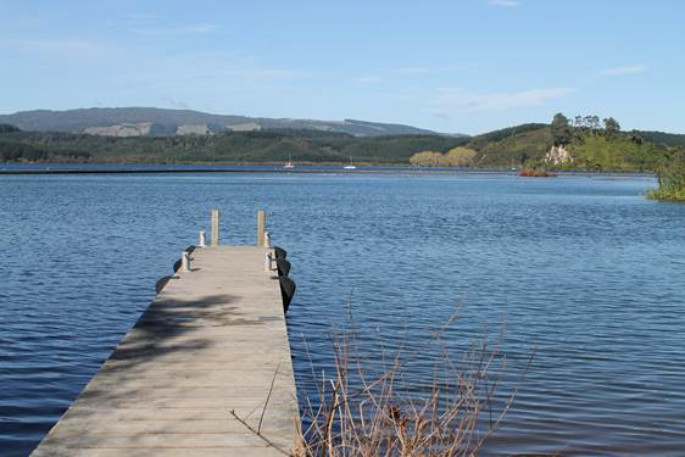The local Medical Officer of Health for the Bay of Plenty Dr Phil Shoemack says that not every recreational water site in the region is able to be tested for water quality and people need to look before they leap.
Swimmers, recreational boaters and those collecting shellfish over summer are advised to do their own checks on the water before using it.
'Current health warnings are in place for both Lake Rotorua and Lake Taupō, serving a timely reminder of the importance of watching out for algal blooms or other signs of possible changes in the water quality,” says Dr Phil Shoemack.
Swimming, recreational boating, and collecting shellfish is enjoyed by many in our region.
While it is safe to do so in many of our local estuaries, beaches, rivers and lakes, it's important to know when it is not safe, how to recognise potential sources and signs of water contamination, and where to find out about local warnings.
This will help reduce the risk of you and your whānau getting sick.
Regional Councils collect water samples weekly from popular coastal, river and lake recreational sites around the Bay of Plenty and Lakes. If a site is found to be significantly contaminated with risk to public health, Toi Te Ora Public Health informs the public by issuing a health warning and the local council erects warning signs.
'The Bay of Plenty and Lakes region is a big place with lots of opportunities for using the water," says Dr Shoemack. "Look before you leap. If the water looks discoloured, smells unusual, or if there is scum or leathery mats of black or brown algae on the surface of lakes or on the beds of rivers, swim or play somewhere else and don't eat shellfish from the area.
'After rainfall, water is likely to be contaminated with animal faeces from rural and urban run-off. As a precaution, avoid swimming in rivers, streams, lakes or estuaries for two to three days after heavy or prolonged rainfall, even for sites that usually have good water quality.” says Dr Shoemack.
'It is also best to avoid swimming and collecting shellfish near pipes or culverts which run down to a waterway, where storm water is discharged, and near wharves and marinas.”
Help keep your whānau free from tummy bugs, sore throats and skin infections this summer. Choose a healthy spot to swim in, by checking the latest swimming suitability gradings and water sampling results from LAWA before you head out: https://www.lawa.org.nz/explore-data/swimming/.
Follow the advice in any warnings and alerts, and look before you leap.
Further information can be found through these channels:



0 comments
Leave a Comment
You must be logged in to make a comment.